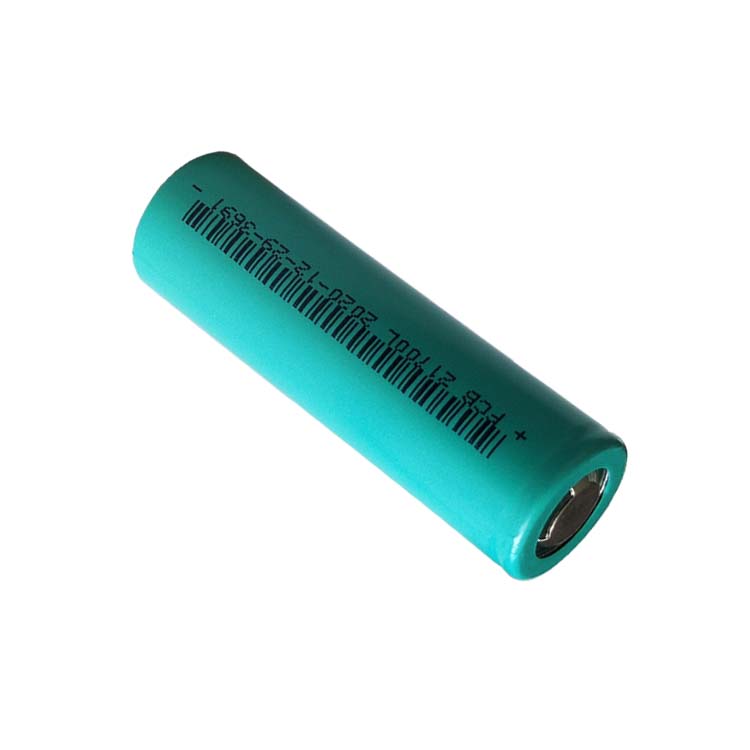Consulting phone:
135-3037-2041
(Mr.Wang)
Comparison of the advantages and disadvantages of lithium-ion batteries, flow batteries and lithium capacitors ?
1. Lithium-ion batteries use lithium ions to intercalate and deintercalate back and forth between the positive and negative electrodes for chemical reactions, so they can be combined into a variety of positive and negative materials to achieve different purposes, such as high-power type, high-capacity type , high temperature resistant type, long life type and other lithium-ion batteries with different outstanding performance, but at the same time to obtain all-excellent or a number of important parameter advantages of lithium-ion batteries also require a revolution in new material technology. Power-type lithium-ion batteries are currently relatively developed in Europe, America, and East Asia in the world, and China, the United States, Japan and South Korea are the powerhouses of lithium-ion batteries.
2. Lithium-ion capacitors are an improved variety of traditional electric double-layer capacitors . The negative electrode is the same as the lithium-ion battery, and the positive electrode uses the electrostatic capacity of the electric double layer effect. In this way, lithium ion capacitors not only have the advantages of high power and long life of electric double layer capacitors, but also have the characteristics of high capacity of lithium ion batteries. The reason why lithium ion capacitors have higher energy density than electric double layer capacitors is that the voltage and Added electrostatic capacity.
This effect is achieved in two ways: (1) by adding lithium ions to increase the voltage of the capacitor from the traditional electric double layer capacitor from 2.5V to 3V to 4V, (2) the negative electrode can obtain lithium ions, so the voltage is high. Compared with the original activated carbon of the electric double layer capacitor, the capacity is increased by at least 1 times.
3. The redox flow battery uses a diaphragm to separate the two ionic solutions, and the electrodes (positive and negative electrodes) arranged in the two solutions undergo oxidation reactions respectively with the circulating flow of the solution through the operation of the liquid storage tank by the pump. and reduction reactions.
The energy density of flow batteries is lower than that of lithium-ion batteries, but the output power (by adding cell stacks) and capacity (by adding vanadium solution tanks) can be easily increased, so the high power and The large capacity requirement has particular advantages and is therefore one of the future energies for power vehicle drives.